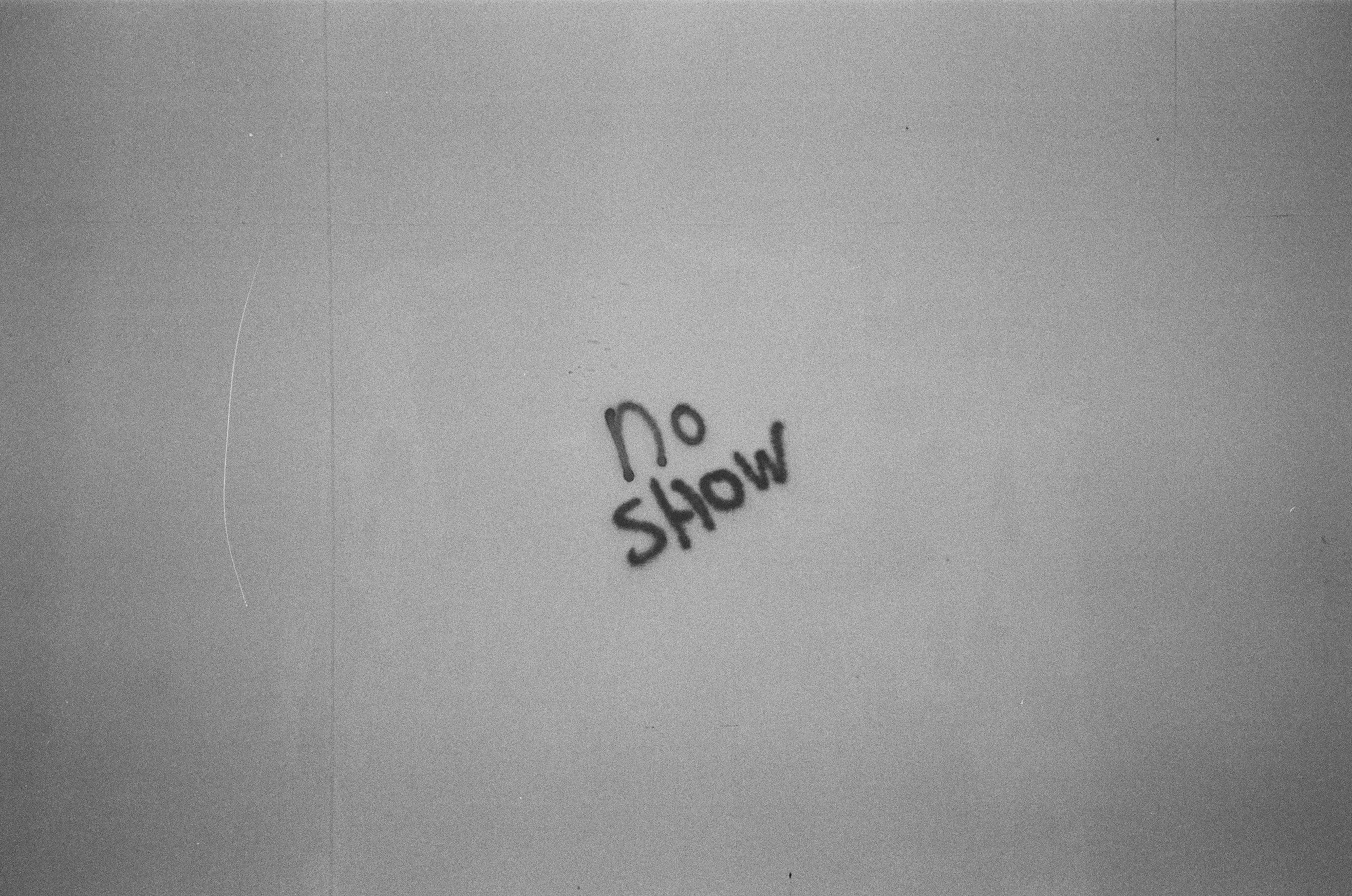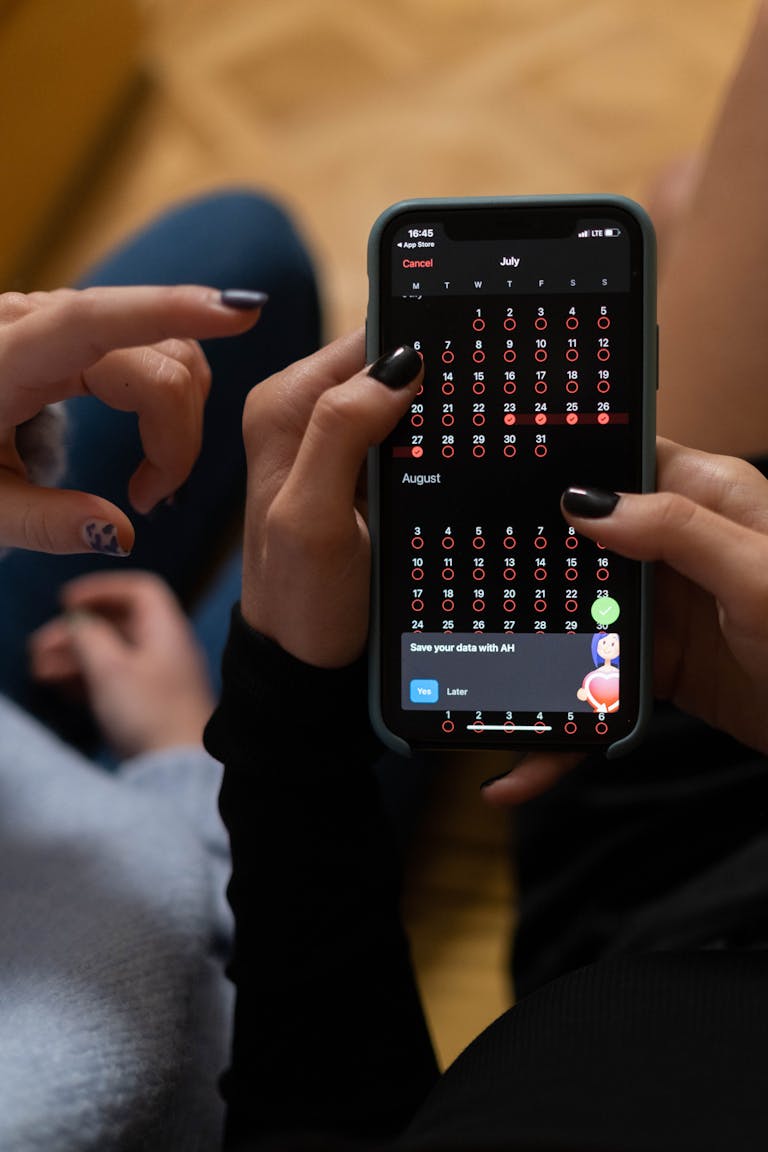How to Reduce No-Shows and Cancellations in Home Services
If you run a home services business, you know how frustrating it is when customers cancel last-minute or simply don’t show up. Missed appointments mean lost time, lost revenue, and lost trust. But good news: there are practical, low-cost strategies you can use to cut down on no-shows and keep your calendar (and team) on track.
Here’s a deep dive into what causes cancellations in home services and how to prevent them with proven tactics from industries like tour bookings, healthcare, beauty, and home improvement.
Common Reasons for Customer Cancellations

1. Life happens. Scheduling conflicts, family obligations, or unexpected events often derail appointments, especially on weekends or during mid-morning time slots.
2. Forgetting the appointment. Without timely reminders, customers may forget they even booked you.
3. Low commitment. If there’s no deposit or cancellation policy, some customers will bail without a second thought.
4. Change of plans. Sometimes, a customer solves their problem another way, gets a better quote, or just changes their mind.
5. Inconvenient timing. 11 AM and midday slots often get canceled because they interrupt routines like lunch or errands.
Strategies to Reduce Cancellations and No-Shows
1. Send Timely Confirmations and Reminders
- Use a 3-touch system: confirmation at booking, reminder 24-48 hours before, and a day-of text or call.
- Ask for confirmation via SMS: “Reply YES to confirm your appointment.”
2. Create a Clear Cancellation Policy
- Set a 24- or 48-hour cancellation window.
- Communicate the policy at booking and in follow-ups.
- Consider a modest cancellation fee or hold a card on file.
3. Require Deposits or Booking Fees
- A small deposit ($5-$50) filters out flaky clients.
- Make it refundable or apply it to the service cost.
4. Pre-Appointment Engagement
- Send an email like “What to expect at your appointment” or a checklist to prepare.
- Include photos or videos to build excitement and set expectations.
5. Make Rescheduling Easy
- Always include a reschedule link in your reminders.
- Encourage customers to reschedule instead of canceling outright.
6. Use Waitlists and Overbooking (Strategically)
- Maintain a waitlist to backfill canceled appointments.
- Consider overbooking high-cancellation time slots, with caution.
7. Score and Prioritize Leads
- Track who is more likely to cancel (e.g., by lead source or booking behavior).
- Require extra confirmation from high-risk customers.
8. Predictive Scheduling
- Use historical data to identify no-show patterns.
- Steer customers toward time slots with better show rates.
9. Add a Personal Touch
- A call or text from the assigned consultant helps build rapport.
- Customers are less likely to cancel when they feel a personal connection.
10. Offer Incentives for Showing Up
- Provide a small perk like a discount or free add-on to those who attend.
How to Track and Measure No-Shows
Set up key metrics:
- Sit Rate = (Appointments that happened / Total appointments booked)
- Cancellation Rate by Day/Time
- Reschedule Recovery Rate = (Rebooked cancellations / Total cancellations)
Collect cancellation reasons:
- Use CRM tags or a Google Form survey to track why people canceled.
- Common reasons: forgot, price concerns, scheduling conflict, went with competitor.
Build a cancellation follow-up workflow:
- Reach out via SMS or email to reschedule or gather feedback.
- Offer a quick reschedule or incentive to return.
Test-and-Learn Ideas to Try in 2-4 Weeks
- Confirmation SMS test: Require “YES” reply to confirm weekend or mid-morning slots.
- $10 refundable deposit trial: Use for high-cancel times like Saturdays at 11 AM.
- Triple reminder sequence: Email > Text > Day-of call.
- Consultant introduction text: Personal note from the person coming to the house.
- Ask why they canceled: Quick survey via SMS or email to collect real-time insights.
Optimize Time Slots Around Customer Preferences
- Analyze sit rate by time of day and adjust offerings accordingly.
- Shift away from high-cancel times (like 11 AM) or offer better alternatives (10 AM or 1 PM).
- Use customer feedback and historical data to find your best-performing windows.
Final Word
Reducing no-shows in home services isn’t about one magic fix. It’s about layering the right mix of accountability, engagement, and smart scheduling. Start with small experiments, track your results, and iterate from there. A few scrappy changes can make a big difference in keeping your team booked, busy, and profitable.
Looking for a tool or script to help with any of the ideas above? Drop us a note—we’re happy to share templates, survey questions, or SMS scripts to get you started.





